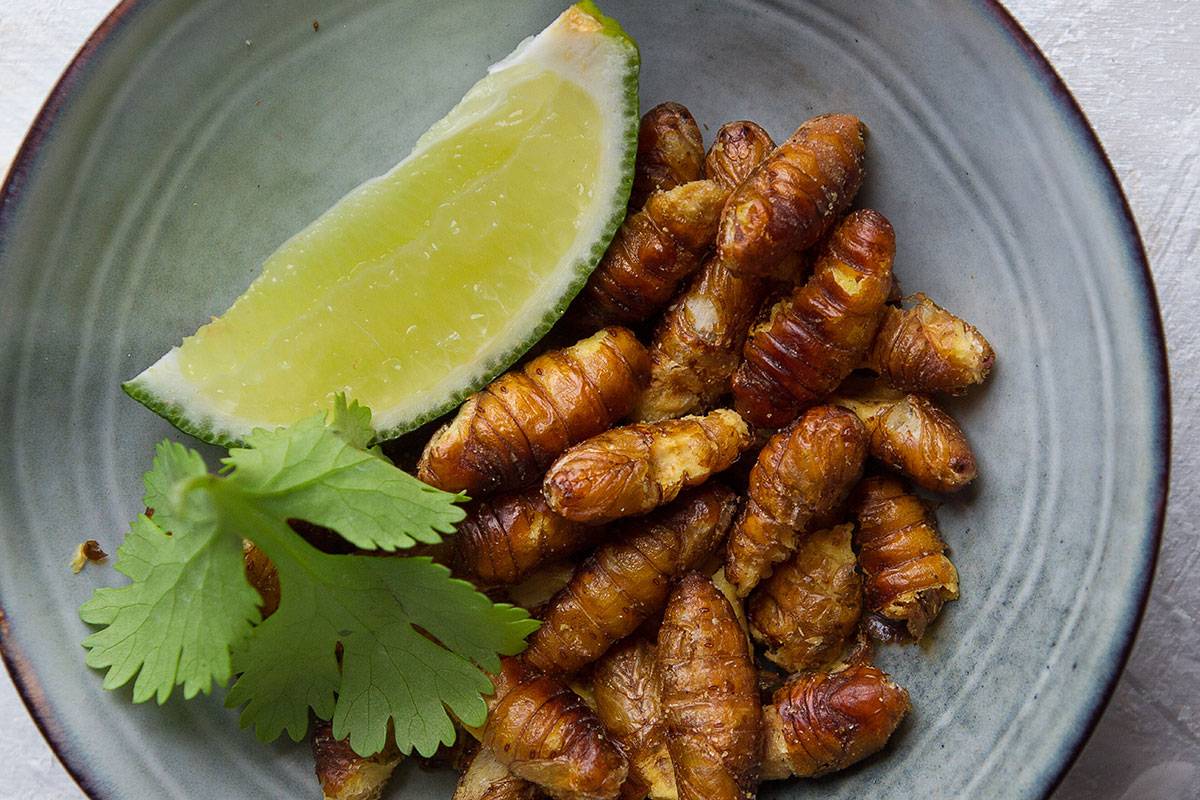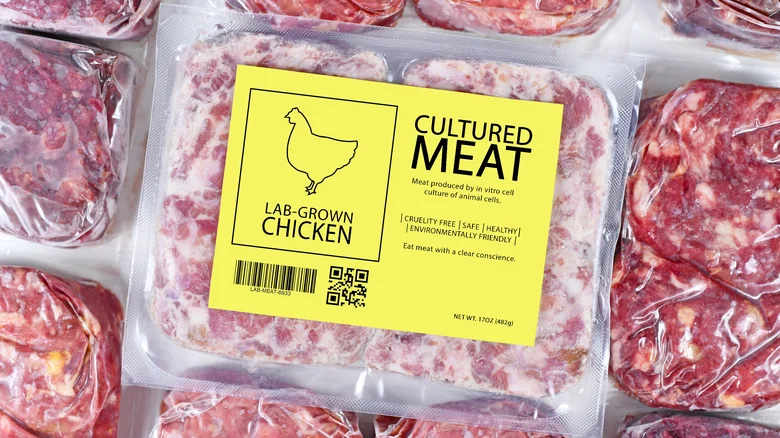Plant-based food
Alongside plant-based alternatives, lab-grown meat, and insect-based products are also being developed
Plant-based alternatives to meat remain at less than 1% of the global meat market, according to a major “Meat protein alternatives” report by the OECD.
Most reports from consulting firms predict that the alternative meat market will be almost entirely plant-based until 2030, says the report for the Organisation for Economic Co-operation and Development, the intergovernmental body founded in 1961 to stimulate economic progress and world trade.
Plant-based alternatives to meat could grow faster than the total meat market, maybe reaching somewhere between $25 billion and $140 billion by 2030 (which would still be less than 10% of the global meat market).

Growth of all meat alternatives is hard to predict, it will depend on factors such as consumer acceptance, regulatory frameworks, and reductions in production costs.
Insect-based products
The report also looked at insect-based products which have been on the market in some high-income countries for more than five years. Insect flour accounts for the majority of the edible insect market, followed by protein bars and snacks. Total sales of insect-based products are less than 3% of alternatives to meat.
However, the global market for edible insects is predicted by some experts to reach as high as $8 billion by 2030.
Globally, cultured meat has been commercialized in a single restaurant in Singapore since December 2020. But it is forecast by industry analysts to become 6% of the alternative protein market by 2035, and some predict it could eventually become the largest source of alternative meat protein.

The report for the OECD says a shift from meat to meat alternatives in high and upper-middle-income countries could reduce global agricultural land use, and GHG emissions.
The shift would cause lower demand for meats in these countries, in turn reducing international prices for meats, soybean, and cereals, which would benefit consumers, but put pressure on farmer incomes.
Meat alternatives are generally more expensive than meats, thereby limiting consumer demand. However, their prices are expected to decline, as production scales up, and is optimised.
Production costs for cultured meat are at least 100 times higher than for meats, this is the main barrier to its commercial viability.
Global meat consumption is projected to increase by 14% over the next ten years due to growth in population and incomes.










